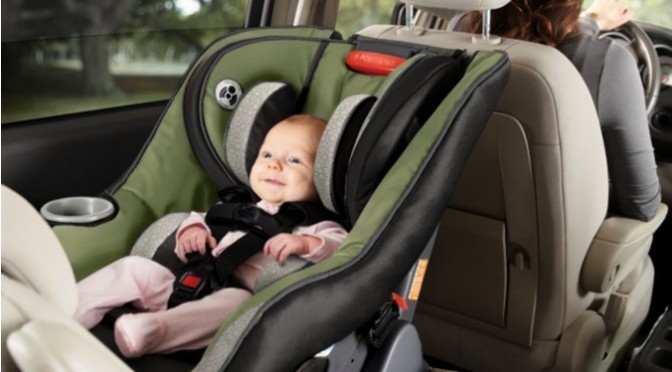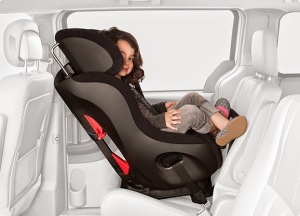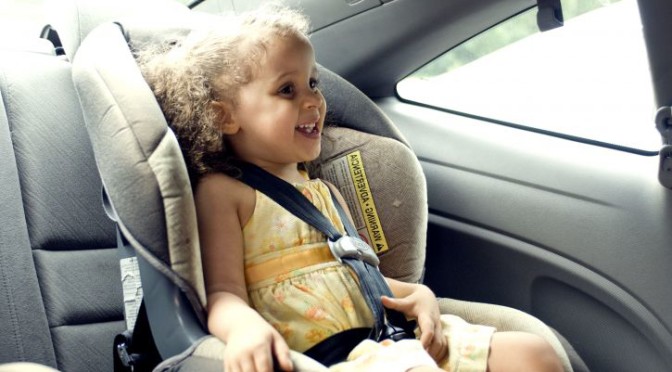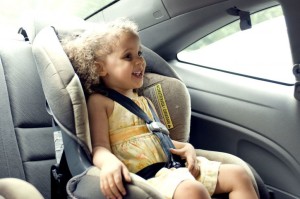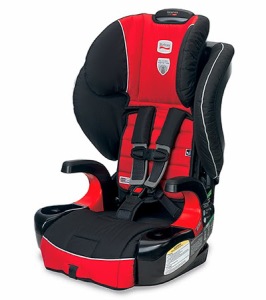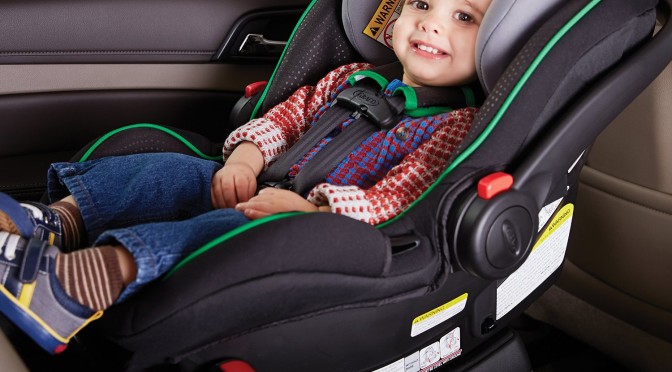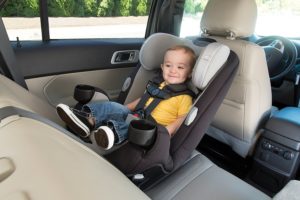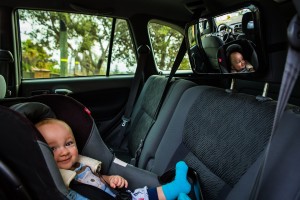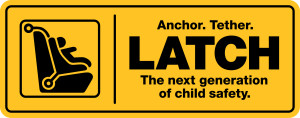 One of the most frequently-asked questions I receive related to car seat installations comes from parents wondering whether to use the LATCH system or the seat belts that come with their vehicles. Unfortunately, there’s a lot of confusion about these two systems and a lot of misconceptions about the safety of one vs. the other. Today we’ll take a look at some of the more common questions I’ve received regarding these systems to help you make the safest decisions for your children.
One of the most frequently-asked questions I receive related to car seat installations comes from parents wondering whether to use the LATCH system or the seat belts that come with their vehicles. Unfortunately, there’s a lot of confusion about these two systems and a lot of misconceptions about the safety of one vs. the other. Today we’ll take a look at some of the more common questions I’ve received regarding these systems to help you make the safest decisions for your children.
Which is safer for installing car seats: seat belts or LATCH?
The truth is that neither is more safe than the other when used properly. According to government testing standards, there aren’t any safety-related advantages to using seat belts over LATCH lower anchors, or LATCH lower anchors over seat belts, provided that the seats are installed correctly.
The LATCH system is simply designed to be an easier method for parents to use when installing car seats. It was designed to make the process more fool-proof, particularly in light of how most car seats aren’t installed correctly, with one of the most common errors being that the seats aren’t installed tightly enough. Per the NHTSA, 3 of every 4 seats are installed incorrectly, and LATCH is simply one of many efforts to reduce the rate of incorrectly installed seats. If you or someone helps you achieve a correct install, both systems are equally safe. Conversely, an incorrect installation through either method is unsafe.
However, if a properly-used LATCH system is as safe as a seat belt when it comes to installing a car seat, that begs another question…
Why use seat belts when I can use LATCH? Isn’t LATCH easier?
Many parents wonder why they’d bother with seat belts at all if they have LATCH lower anchors available on their vehicles, which is typically the case for almost all vehicles manufactured after 2001. LATCH, after all, is usually easier to use with car seats than the seat belt. I personally find it faster and also enjoy how it requires less effort to get a solid install (remember, 1″ or less movement at the base of the seat). So why should parents even consider using seat belts with their kids’ car seats?
The big reason is that you can use seat belts all the time, with virtually no exceptions. LATCH systems, however, always have weight limits, and the LATCH system is not rated as safe if those limits are exceeded. The limits vary from one car seat to the next and from one vehicle to the next, and you have to obey both the limits on the car seat and the limits on the vehicle for a LATCH installation to “count” as safe.
These weight limits may state, for example, that the LATCH system cannot be used once a child weighs more than 40 pounds, or once the child and car seat weigh more than a certain amount. It varies, and you need to be in compliance with both the seat and the vehicle’s limits. In contrast, when you’ve got a seat belt, you simply install your seat with it and that’s it. There’s no need to look up anything related to weight, as seat belts are designed to hold adults–in many cases, very heavy adults–safely.
2014 Update: As of February 27th, 2014, seats made from this date onward (check the label on the seat) in the US will typically have a 65 pound combined LATCH weight limit (i.e., that of the child and the seat together) for rear-facing and a 69 pound combined LATCH weight limit for forward-facing. This means you shouldn’t need to check vehicle weight limits anymore. However, you still need to check the label on the seat or in the manual, as a few manufacturers are more conservative and won’t allow you to go up to 65 / 69 pounds combined.
So we’ve established that under the right conditions there’s no safety difference between seat belts and LATCH, but that you don’t need to worry about weight limits when using seat belts. However, there’s another big, big reason to consider using seat belts over LATCH lower anchors when you can choose between the two of them…
Should I use seat belts or LATCH when installing multiple car seats? (e.g., 3 across)
Whenever I write one of the hundreds of 3 across car seat guides I’ve put together, I almost always advocate for using seat belts for 3 across installations instead of LATCH whenever possible. But why? After all, if seat belts and LATCH systems offer the same amount of safety when used correctly, does it matter which you use when installing multiple car seats?
Well, no and yes. It doesn’t matter if you’ve got a lot of room for your installations, but it does matter if you don’t. And unless you’re driving a full-size pickup truck (and even then, it’s not necessarily a given), there’s a good chance that you’re not going to have nearly as much flexibility in a given amount of space to install 3 car seats if you use LATCH instead of if you use seat belts. But why?
The trick is in the spacing. With few exceptions, LATCH anchors tend to be located more toward the center of the seats in which they’re installed. On top of that, most vehicles only include two sets of LATCH lower anchors, which are typically built into the outboard seats. This means you’re going to need to use the seat belt in the center seat for a 3 across installation regardless of whether you prioritize LATCH or not. And if you do use LATCH, your outboard seats are going to be installed more toward the center, leaving less room for your center seat, reducing the odds of a successful 3 across installation, and requiring you to use narrower seats in each position. And this presumes the LATCH anchors are evenly spaced, which also isn’t always the case.
In contrast, when you use seat belts, you have more flexibility with where you place a car seat relative to the vehicle seat. This means you can push the outboard seats closer to the doors before installing them, which allows you to install wider seats in a given vehicle or the same-sized seats in a narrower vehicle. In other words, you get more options.
So in review, not only are seat belts as safe as the LATCH system, they also don’t have weight limits and make it easier to install multiple car seats at a time. It sounds like there just aren’t that many advantages to LATCH! This leads to another question…
If seat belts can be used all the time and LATCH can’t, why use LATCH at all?
The main reason to use LATCH, in my opinion, is because it’s both faster than a seat belt installation and takes less effort, even when you’re accomplished at both. It’s faster because you can typically do it one-handed, and you don’t need to figure out whether your seat belt locks or how to lock it or where to thread it through your car seat. You simply clip in your lower tether to the anchor and pull it taut on one side of the seat, and then do the same with the corresponding tether and anchor on the other side. That’s it.
It takes less effort because you don’t need to weigh down the car seat to make sure there’s enough tension in the seat belt. This often entails pushing down with one or both arms into the seat or even sitting inside it briefly when you’re using a seat belt, which is, frankly, a lot of work. You don’t need to do this with LATCH anchors, so LATCH is an easier system for people who can’t or don’t want to put a lot of force into the installation.
With both systems, naturally, you still need to make sure that there’s less than an inch of movement at the installation path, whether that installation is done with a seat belt or with LATCH anchors.
At this point, we’ve covered situations where using LATCH or seat belts are fully up to parents. However, there are a few situations involving tethering that do require LATCH systems if you choose to use them: forward- and rear-facing tethering.
What about forward-facing tethering? Do I need to do this?
Forward-facing tethering involves using the upper LATCH anchor system to tether the back of a forward-facing seat to an anchor somewhere behind the vehicle seat. There’s no option for a seat belt here; you have to use the LATCH system. Fortunately, it’s a simple procedure and there are a number of advantages to forward-facing tethering. In fact, while it’s not yet the law in the United States, it’s required in Canada. You can learn more about forward-facing tethering and why it’s a good idea here.
Besides forward-facing, it’s actually possible to tether car seats while they’re rear-facing. Let’s look at that briefly…
What about rear-facing tethering? Does anyone do this?
As with forward-facing tethering, your only options here are the LATCH system. However, unlike with forward-facing tethering, in the United States, rear-facing tethering is so rare that almost no one does it, even though rear-facing tethering does offer several advantages. You can read more about those here and decide if you’re willing to purchase car seats that make it possible.
Finally, parents occasionally ask about booster seats on the market (e.g., the Clek Oobr) that include LATCH restraints, so let’s take a quick look at why you might want to consider seats that include this feature.
What about using LATCH with booster seats? Is this even possible?
Booster seats are the last step in car seats before the adult seat belt and vehicle seat. I’ve written before about the 5-step test for exiting booster seats, and you’ll see seat belts referenced over and over again in such guides. So why would LATCH be mentioned here?
The reason LATCH can sometimes come into play with booster seats is because many parents forget that booster seats aren’t restrained to the vehicle’s seats except for when they’re buckled. Naturally, your child uses the seat belt to buckle himself or herself in while sitting in the seat, but kids often forget to buckle in the seats when they aren’t using them. And a 10-to 20-pound booster seat can easily become a fatal flying projectile in a collision if it’s not restrained. LATCH systems allow you to have seats permanently anchored to the vehicle, regardless of whether they’re being used or not. They don’t directly make your child safer, but they do make everyone in the vehicle safer if they reduce your odds of being hit by a flying booster seat in a collision.
I hope this has cleared up a number of questions you might have had regarding using LATCH vs. using seat belts, when to choose one system over the other, and certain advantages and disadvantages to keep in mind. You can learn about some of my favorite car seats (convertibles, infant seats, combination seats, and booster seats) here, as well as which ones are likely to fit into a vehicle you drive through my 3 across car seat guides here.
—
If you find the information on car safety, recommended car seats, and car seat reviews on this car seat blog helpful, you can shop through this Amazon link for any purchases, car seat-related or not. Canadians can shop through this link for Canadian purchases.

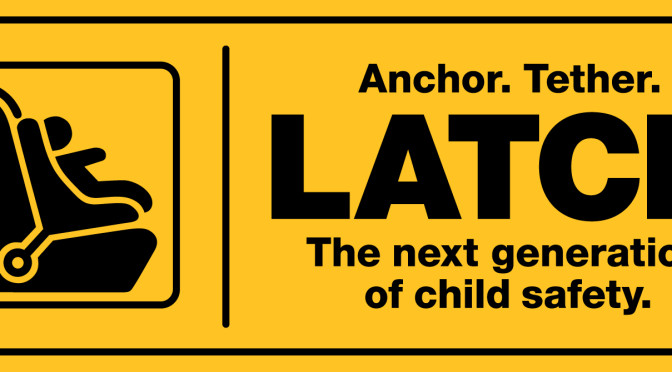
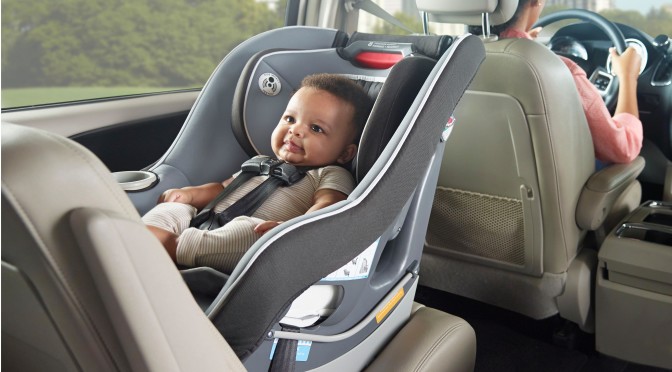
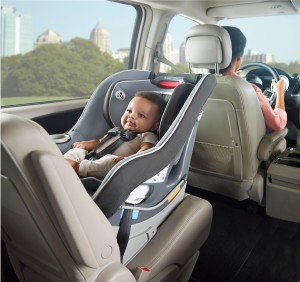
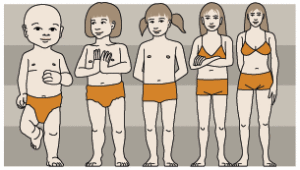 Look at the image on the left from the kind folks at
Look at the image on the left from the kind folks at 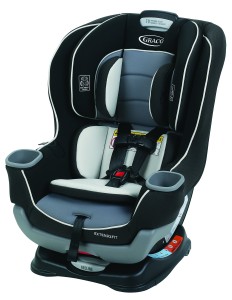
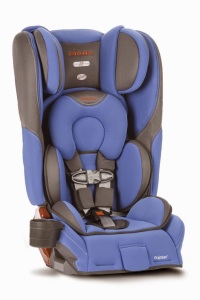

 If you find my information on best practices in car and car seat safety helpful, you can
If you find my information on best practices in car and car seat safety helpful, you can 